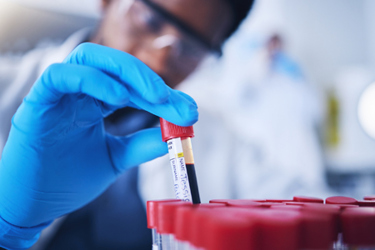Comparison Of Safety Pharmacology End Points Used On Toxicology Studies Across Differing Cynomolgus Monkey Origins
By Anthony Celori, Jean-Christophe Queudot, Evan Galbraith, Chandler Fish, Rose Havens, Sierra Rooks, Andy Audal, and Norbert Makori

The demand for cynomolgus macaques (CM; Macaca fascicularis) in biotherapeutic development, particularly for novel drugs such as gene therapies, has significantly increased. However, factors such as the COVID-19 pandemic have made it necessary to explore underutilized CM populations, including the Philippine origin, for drug toxicology programs. While the Philippine CM population has been minimally used in regulatory toxicology studies compared to Mauritius or mainland populations, safety pharmacology endpoints have not been thoroughly investigated in this group.
To address this gap, we collected safety pharmacology data based on ICH S7A guidelines, including electrocardiograms (ECGs), oscillometric blood pressure, blood gases, and respiratory rate, from Philippine-origin CM and compared the results to those from Mauritius and mainland CM populations. This study aims to provide robust reference data to improve the interpretation of drug effects and ensure the safety of biotherapeutics in nonclinical studies.
Get unlimited access to:
Enter your credentials below to log in. Not yet a member of Drug Discovery Online? Subscribe today.
